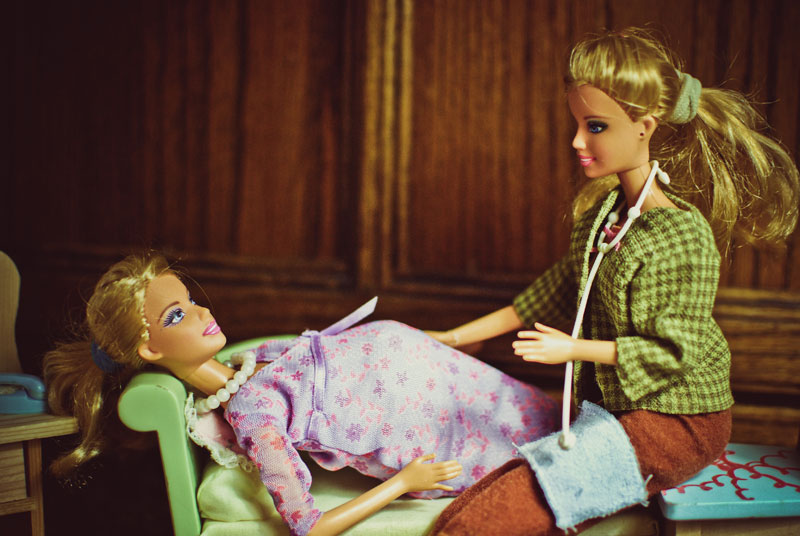A study suggesting home birthing could be safer than a hospital for some low-risk women is “irrelevant” to Australians, says RANZCOG
Australia’s peak obstetrician group has hit back against claims that homes are better than hospitals for low-risk births, saying the research supporting such a claim is “irrelevant” to women in this country.
The systematic review and meta-analysis of 28 studies found there were no infant mortality differences depending on whether these low-risk women gave birth at home, in birth centres or in hospitals. In fact, the authors concluded that women are more likely to have a normal vaginal birth outside of hospital.
This comes only one year after The Royal Australian and New Zealand College of Obstetricians and Gynaecologists (RANZCOG) released a position statement firmly backing hospitals as the safest place for birthing.
College president Professor Steve Robson dismissed the new study’s findings as “irrelevant” to Australia, saying the media coverage misinformed women and clinicians.
Coverage of the study has focused on the finding that planned hospital births were significantly more likely to require neonatal intensive care compared with home births, and three times less likely to have a normal, non-instrumental delivery.
The authors of the study said that women who planned to give birth at home or in a birth centre had “significantly lower odds for intervention and severe morbidity in labour and birth”.
“[The findings] support the expansion of birth centres and home birth options, and the systems to support them, including professional guidelines and education.”
Professor Robson said the authors had compared apples with oranges.
“Such a conclusion makes it difficult for women to make the best decision about their maternity care and just isn’t relevant to the Australian setting,” he said.
While the analysis included five Australian studies and a primarily Australian research team, Professor Robson noted that the largest groups of participants came from the Netherlands and the UK.
“In the Netherlands there is little difference between home and hospital births,” he said. “However, the rate of baby death in home births in the Netherlands appears to be about five times higher than the rate for hospital births in Australia; including hospital births of all complexity.”
He also pointed out the UK study of 65,000 low-risk births actually showed a doubling of the risk of perinatal deaths in planned homebirths compared with hospital births.
Similar findings were in a US study of 12 million births, which was not included in this analysis.
While he said he supported shared decision-making, Professor Robson said the findings had to be relevant. “When they aren’t it hinders decision making, instead of aiding it.”
Midwifery 2018; online July


